In a nutshell
Mr. Yokoo’s Palette showcases artist Yokoo Tadanori’s striking use of color, tracing his vibrant painting career since his “painter’s declaration” in the early 1980s. This pivotal moment marked his shift from graphic design to a prolific period of pictorial experiments, creating diverse works without fixed subjects or styles. The exhibition uniquely reorganizes his artistic world by categorizing paintings from series like Pink Girl and Y-junction based on their dominant hues, transforming the museum galleries into a grand palette. Visitors will discover background materials, including actual used palettes and paints from his studio, offering a glimpse into his creative process. This presentation invites reflection on the overwhelming power of Yokoo’s colors and how a singular artistic element can define an entire body of work, offering a fresh perspective on his timeless vision.
Why should you watch this?
Curator
Megumi Hirabayashi
Bio
Megumi Hirabayashi is curator at the Yokoo Tadanori Museum of Contemporary Art, Kobe. She previously worked at the 21st Century Museum of Contemporary Art, Kanazawa, and with Gifu Prefectural Museum Hida. Hirabayashi plays a central role in managing Yokoo’s archives, selecting both finished and in-process works for exhibition, and she champions displays that reveal not only Yokoo’s iconic finished pieces but also his sketches, idea notebooks, and lesser-seen creative material.
Artist
Tadanori Yokoo
Bio
Tadanori Yokoo (born 1936 in Nishiwaki, Hyogo, Japan) is a celebrated Japanese graphic designer, illustrator, printmaker, and painter, widely recognized as one of Japan’s most influential contemporary artists. After a successful career in graphic design in the 1960s and 70s, where he gained international acclaim for his psychedelic, pop art-infused posters and album covers, he shifted his focus to painting in 1981. Yokoo’s work is characterized by its vibrant colors, intricate collages, and a unique blend of Japanese tradition with Western influences, often exploring themes of mysticism, the subconscious, and the human condition. His diverse career and unconventional approach have left an indelible mark on both Japanese and international art.

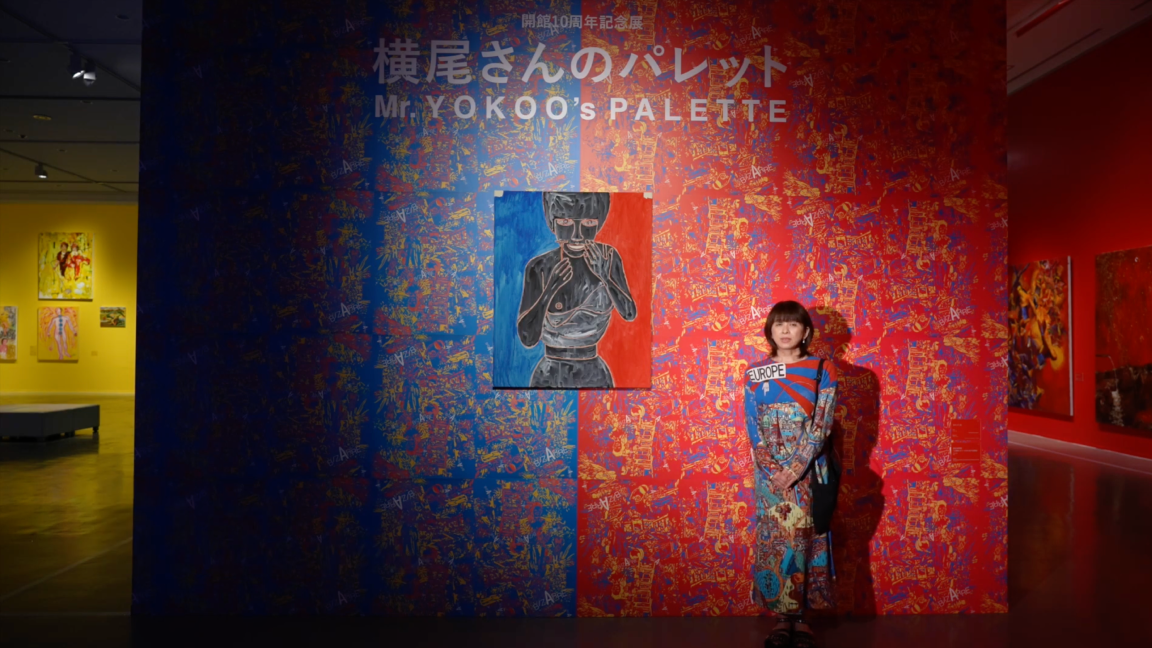
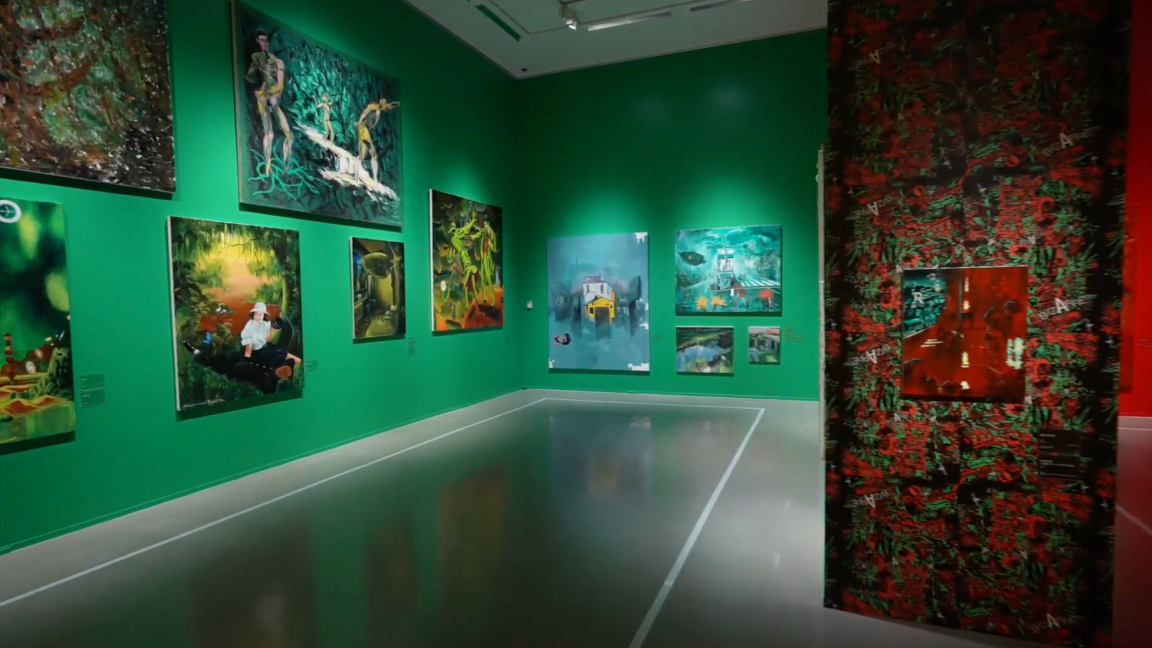
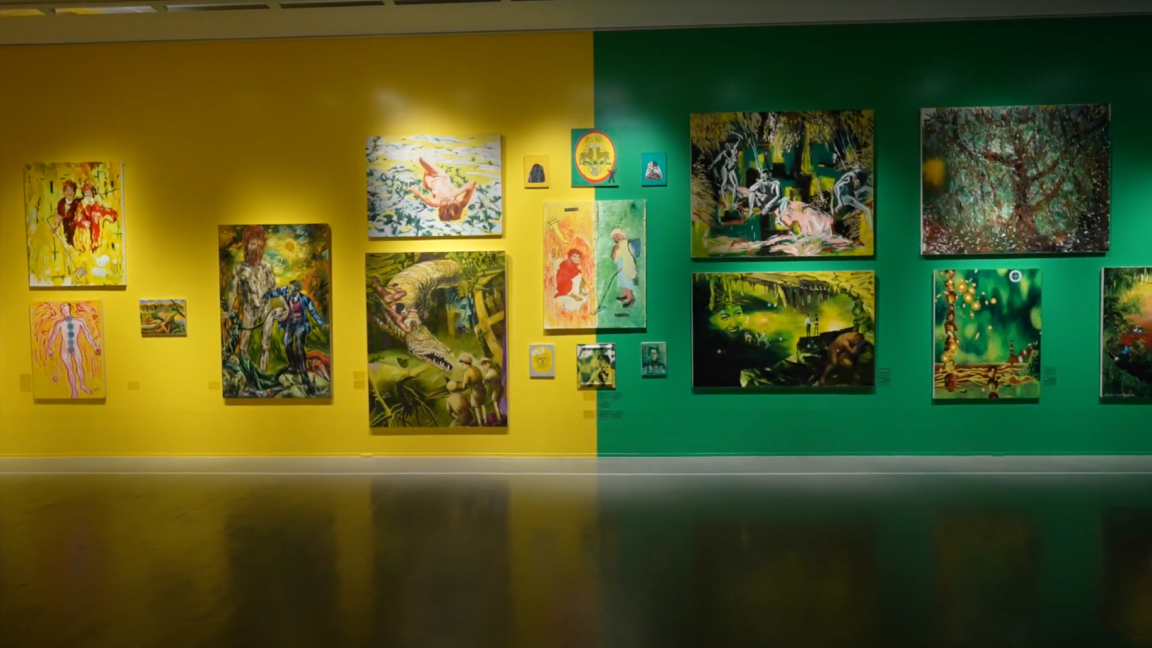
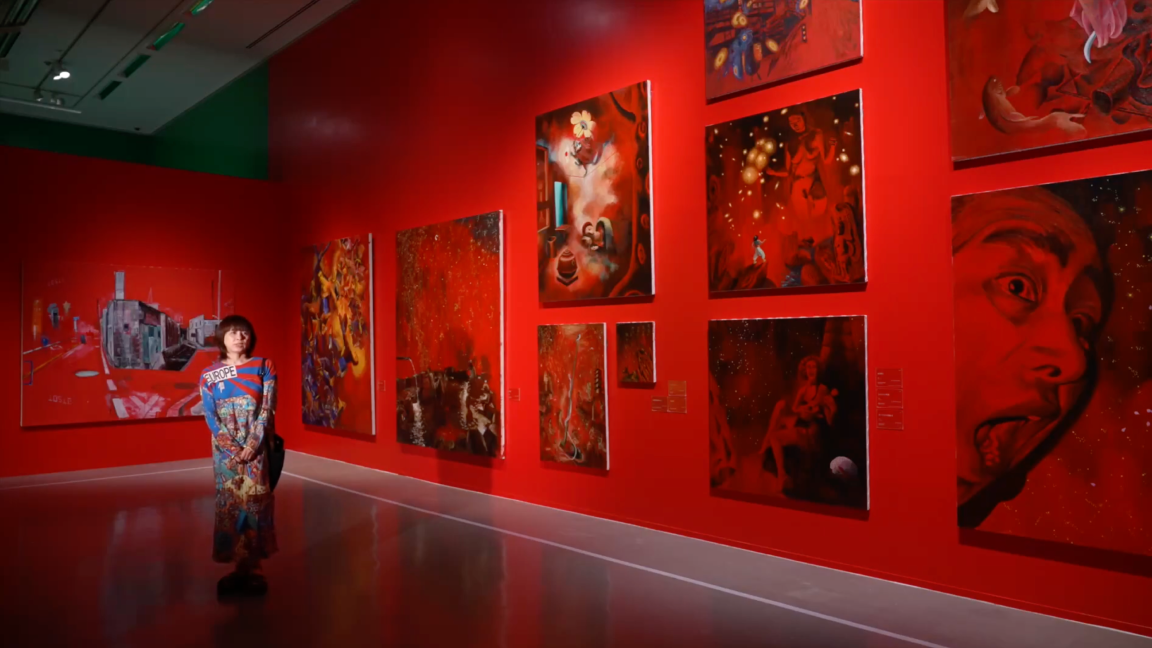
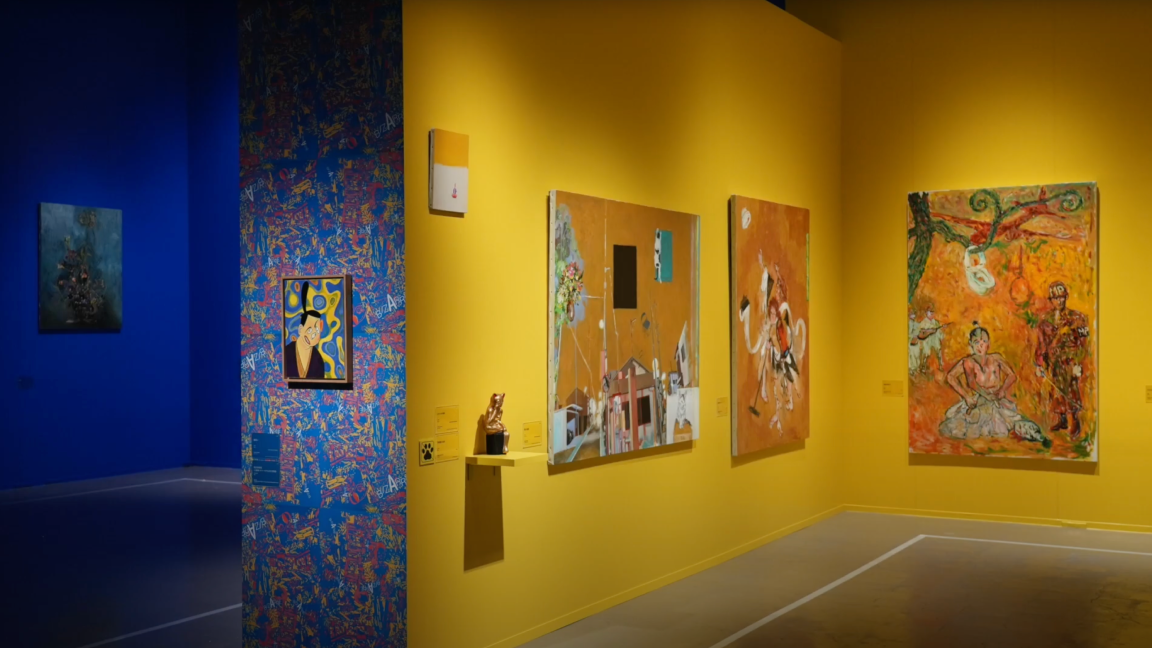
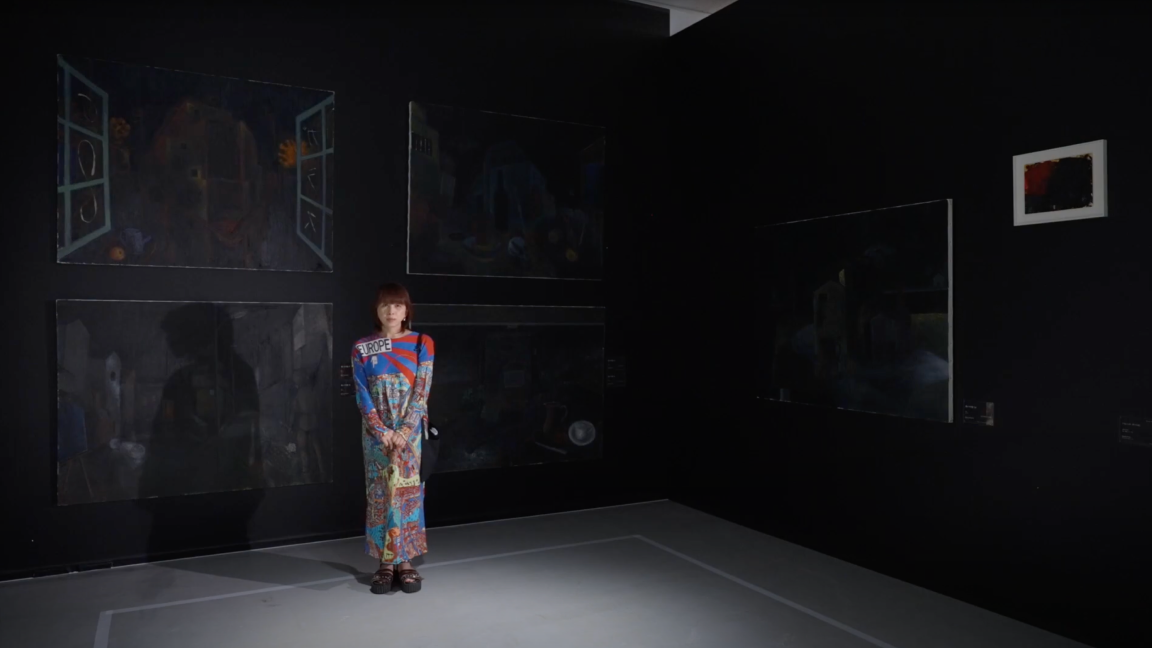
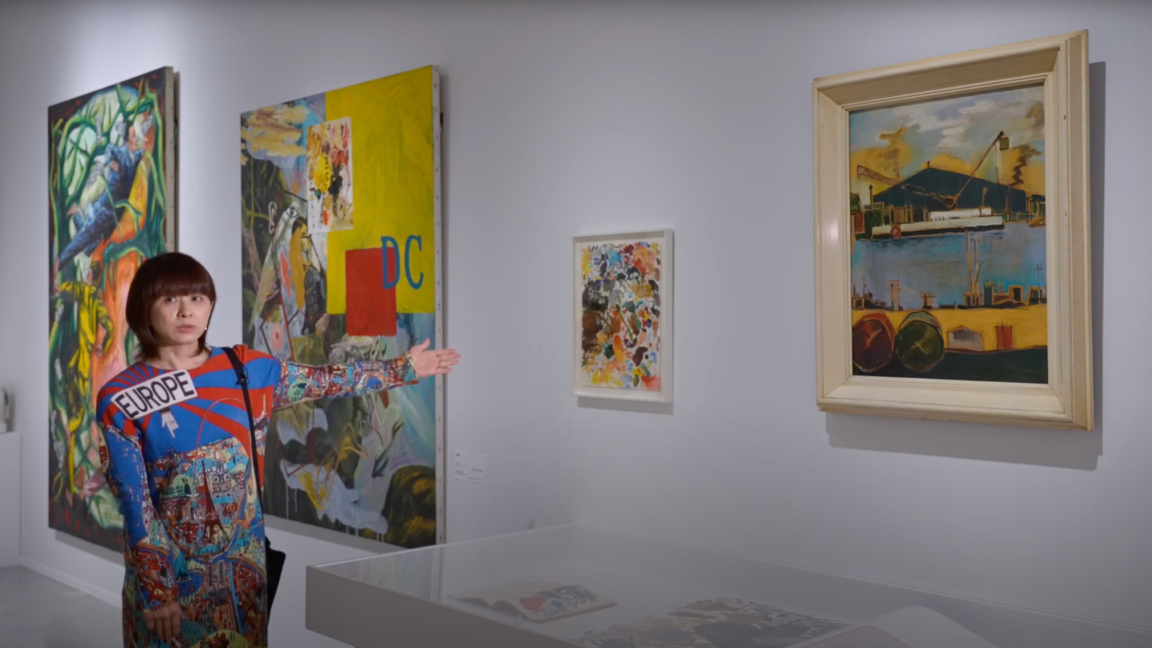
 Japanese, English
Japanese, English